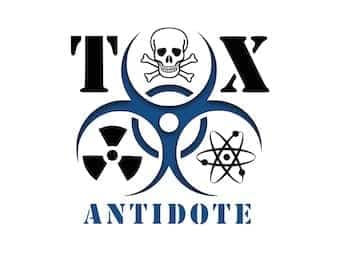
Sodium Calcium edetate
Sodium Calcium Edetate (EDTA) is an intravenous heavy metal chelating agent. EDTA is primarily used in the treatment of severe lead poisoning with or without lead encephalopathy or an asymptomatic/mildly symptomatic patient with a serum lead level >70 microgram/dL (3.38 micro mol/L).
